|
Mrs. Marty Myers, Semmes school fourth grade teachers and her students experience a school day of yesteryear's. Mrs. Myers class raised funds for the school restoration so students in years to come might experience school of days long ago.
Semmes school students and Semmes Elementary school principal, Mrs. Catherine Montgomery, pose beside the little white school building. This group was largely responsible for$525.00 being raised through a penny drop to preserve the school. (Photo from Calendar, 1996)
Before there were schools, children were taught at home by their parents,The first text book was the Bible. Nearly every family had a family Bible where marriages, births, deaths were recorded. When the community population had grown, a school was started and maintained by the people of the community. Semmes first school was a log cabin built in the 1800's which also served as the church on Sunday's and was located on the townships sixteenth section of land.
The Enabling Act required for the admission of Alabama as a state into the union, the sixteenth section in each township should be given to the people of the township for the use of schools. The first constitution of Alabama in 1819 provided that schools and education should always be encouraged. The legislature passed an act on December 17, 1819 for the election in each township agents whose duty was to manage and protect the township school lands. Rural Schools in Alabama The following are quotes from “OUR YESTERYEARS” Published by the Alabama retired teachers Association, 1976 for celebration of the Bicentennial of our American independence. “I recall clearly that both parents and the children had a full measure of splendid attributes which can not be excelled today. They were honest and thrift, hard working, generous, and selfless. They had principles and lived by them. They were poor but didn’t know it. They were happy and contented. They had spirit and pride. Everyone enjoyed simple pleasures. A bit of ribbon and a stick made a “horse” to ride around the playground. Hickory nuts, walnuts, and peanuts were exploited with delight. Wild blackberries were everywhere and available to kids and snakes alike.” Mary Strickland Sessions (p.27) The Early Schools "The early school buildings were, as a rule similar in structure and equipment. These similarities were summarized by the following excerpt:" “One big room, not ceiled, a pot-bellied stove, an open well with dippers tied to a tree so they would not fall into the open well. Three rooms, ceiled, the same kind of heaters, and an open well. Desks were made by the fathers, two, three or four pupils to the desk. The walls were painted black for writing.” Bernice Forrester (p.28) "Some of the changes that have taken place in schools since the beginning of this century are summarized in the following paragraph:" “When I began teaching, except for those who lived in town, the majority of students lived on farms. Housing ranged from poor to good, There were no electric lights in the rural areas, no telephones, and only two automobiles in the entire school community. There was no public transportation. A covered wagon brought some pupils from one feeder area; a truck equipped with benches brought students from another area; some pupils rode in buggies. The wagon, truck and buggies were provided by parents. Most of those who attended school walked. The county now furnishes busses for all who need transportation. Many pupils come in their own cars. There are very few families who do not own one or more cars. It would be difficult to find a home without electric lights, a T.V. and a telephone. Houses are much improved; many are made of brick and are spacious, convenient, and beautiful.” Ina G. Pratt (p 32) Left row from front-George Brincat, Iduma Lowery, Dorothy Pollard, Eva Corley, Thelma Davidson, Lee (unknown), Eunice Graham, Bill Dodd, Right row-Bush tanner, Wilson Christopher, William Powell, Clara Carroll-Teacher Willa Mae Tanner,Row 3-Viola Howell, Fern Waltman, Wilford Allen, ____Mason, Ida Welch, Alma Christian, Bunny Lee Row 4, Unknown, Rose Ila Clark, Mary Ida Graham, Adele McDuffie, Ethel Lee, Ercel Lord, Bertha Foster. Photo Adele Waltman
Left to right on top row Charlie Cogburn, Florence Christensen, Fellie Christoper, Will EffieChristopner:Next to top: Howard Roberts, Leland Wulff, Walter Stutling.Second row: Rufus Roberts, Drury Roberts, Bertha Joyner, Leona Stutling, and Jesse Ward. Front row: Ira Ward, Gus Roberts, Marshall Roberts,the one standing is Rollie Allen, Billy Wulff, Ethle Roberts, Lena Christopher, Imogene McGuire, Eden Allen, Nettie Ward, and Walter Stutling. Picture furnished by I.D. Ward of Semmes..
|
SemmesPreserving our History Archives
November 2023
|

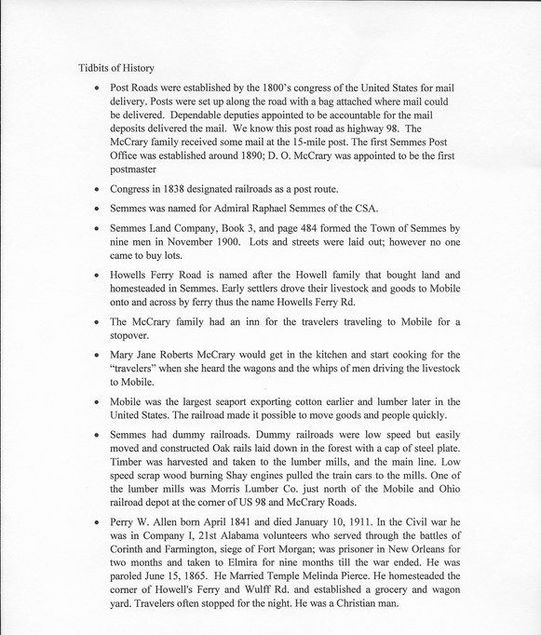

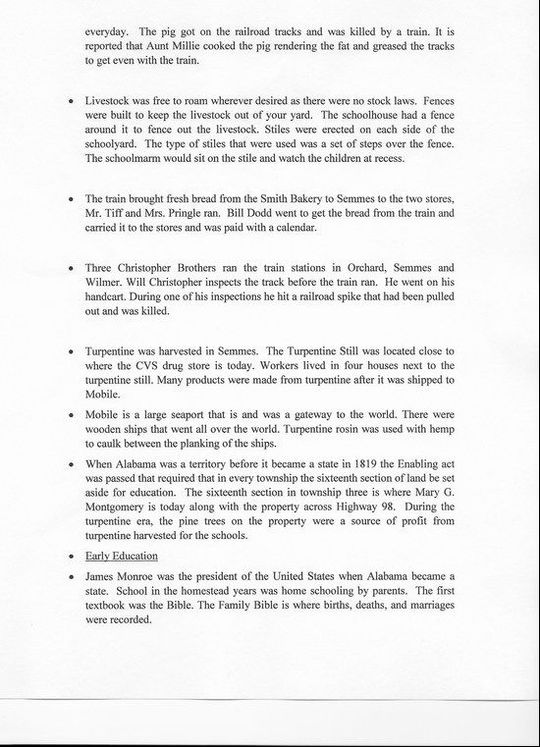

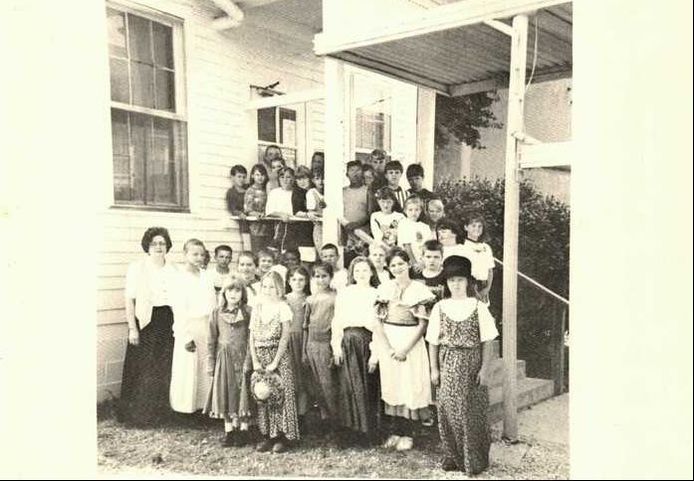
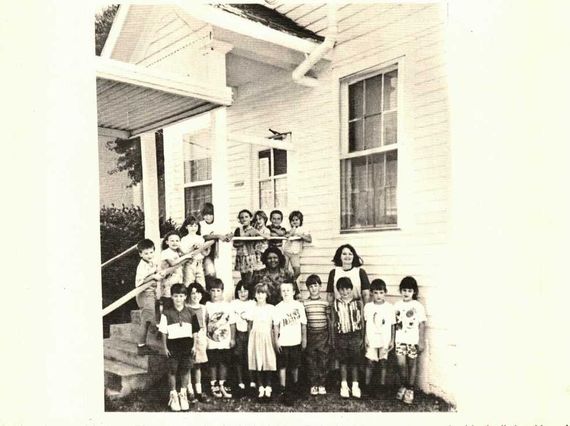

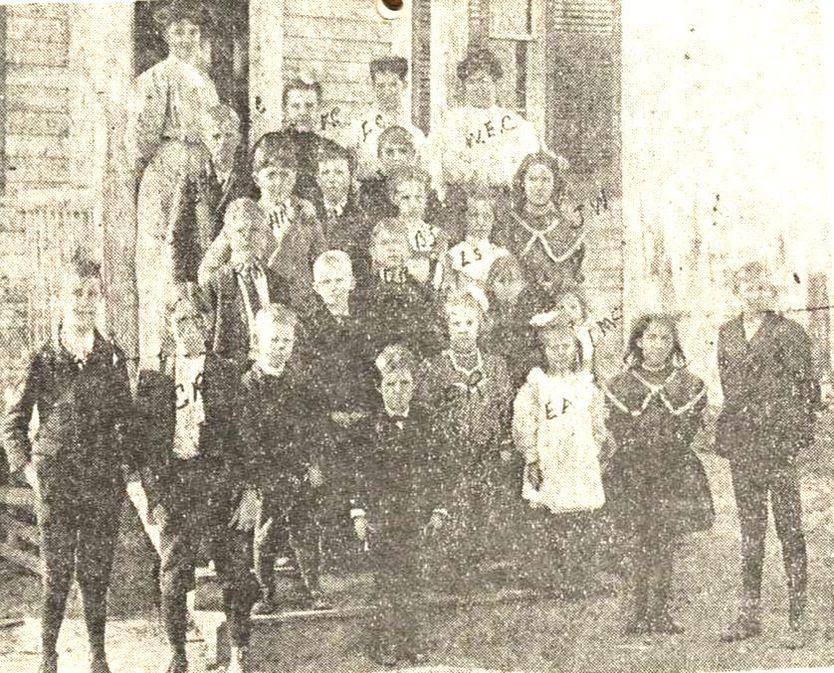

 RSS Feed
RSS Feed